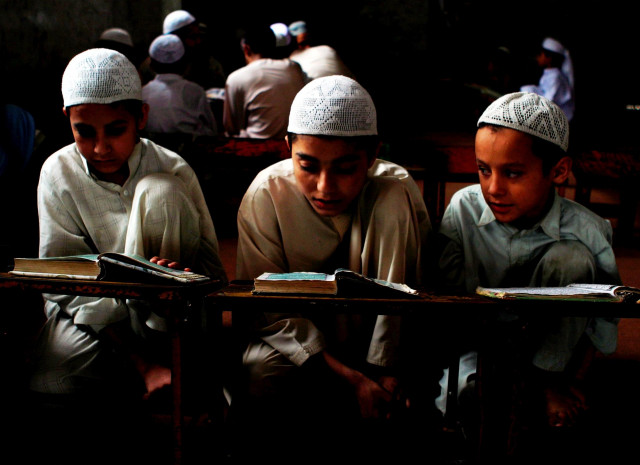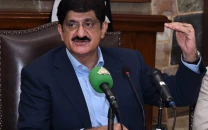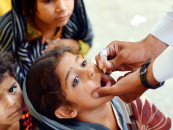Annual Status of Education Report
The good news, children are going to school, but the bad news is that they can’t even read.

The annual report which assessed school-going children, aged 3 to 16 years, from six districts of rural Sindh painted a worrisome picture of learning outcomes, showing that while 32 per cent do not go to school at all, 67 per cent of those who do, cannot read sentences in Urdu or Sindhi, 66.5 per cent cannot read sentences in English and 73 per cent cannot do two-digit subtraction sums.
The sample survey of Sindh was conducted as part of ASER-Pakistan 2010 by the South Asia Forum for Education Development managed by Idara-e-Taleem-o-Aagahi in collaboration with the National Commission for Human Development, Unesco, Foundation Open Society Institute and Sindh Education Foundation. South Asia Forum for Education Development Coordinator Baela Raza Jamil launched the report at the Institute of Business Administration’s city campus in the presence of Senior Minister for Education Pir Mazhar-ul Haq, Sindh Education Foundation Managing Director Prof Anita Ghulam Ali and other educationists on Thursday.
The survey found that although only 33 per cent of children of the 3- to 5-year age group were enrolled in some kind of pre-school facility, this number increased to 68 per cent for children of the 6- to 16-year age group enrolled in different classes in school. However, nearly double the number of boys were enrolled (66 per cent) as compared to girls (34 per cent). School attendance for students enrolled in government schools was 65 per cent according to a headcount, while teacher attendance in both government and private school was 89 per cent.
The gap between government and private schools with regard to physical facilities was found to be quite great. While 73 per cent of private primary schools had boundary walls, this was found to be the case for only 23 per cent of government primary schools. The average private school has three rooms, but the average government school has only two, with 72 per cent of government schools without a working toilet.
The problem of student enrollment and school facilities aside, the report’s most disturbing revelations concerned the actual quality of education provided. Of the 10,625 students assessed in Sindh, 83 per cent could not read a story from the Level-II curricular standard in Urdu/Sindhi , while 28.6 per cent of students of the 6- to 16-year age group were not even able to read Urdu/Sindhi letters. Where English was concerned, 33.5 per cent of students could read sentences, as low as 16.6 per cent could read words, whereas as many as 39.6 per cent remained stuck at the beginners’ level for they could not recognise letters of the alphabet. Assessment of arithmetic skills showed no more optimistic results as only 27 per cent of children could do two-digit subtraction sums, with 33 per cent being unable to even recognise the numbers 0 to 9. One of the most astonishing facts that came to light was that 52 per cent of Class-IV students stood at number recognition level.
Despite the depressing revelations, perhaps all is not lost. Dr Asad Sayeed, unlike other panelists, pointed out that the report indicates some good signs too since the enrollment rate for all students, including girls, was seen to have grown and the attendance rate of teachers also appears to have improved.
Sayeed also highlighted an interesting fact in that madrassas appear to have become less relevant as a medium of education. He saw this as a positive trend, though he did stress that this may only mean that ‘intolerance’ is now being perpetuated by ‘our mainstream education’.
Talking about his work, the minister for education said that the government has recruited 14,000 teachers so far, increased the girl student stipends from Rs1,000 to Rs2,000 in rural areas, and is also in process of recruiting administrators for better mangement of schools. He said that the government is working on transforming the curriculum and revamping teacher training degrees.
Adviser Dr Kaiser Bengali made the point that the issue in education is not that of demand since children do want to go to school and parents do want to send them. The issue is that of supply. He proposed two plans — empowering school principals and handing public schools to NGOs and the private sector for better management.
Published in The Express Tribune, January 29th, 2011.



















COMMENTS
Comments are moderated and generally will be posted if they are on-topic and not abusive.
For more information, please see our Comments FAQ